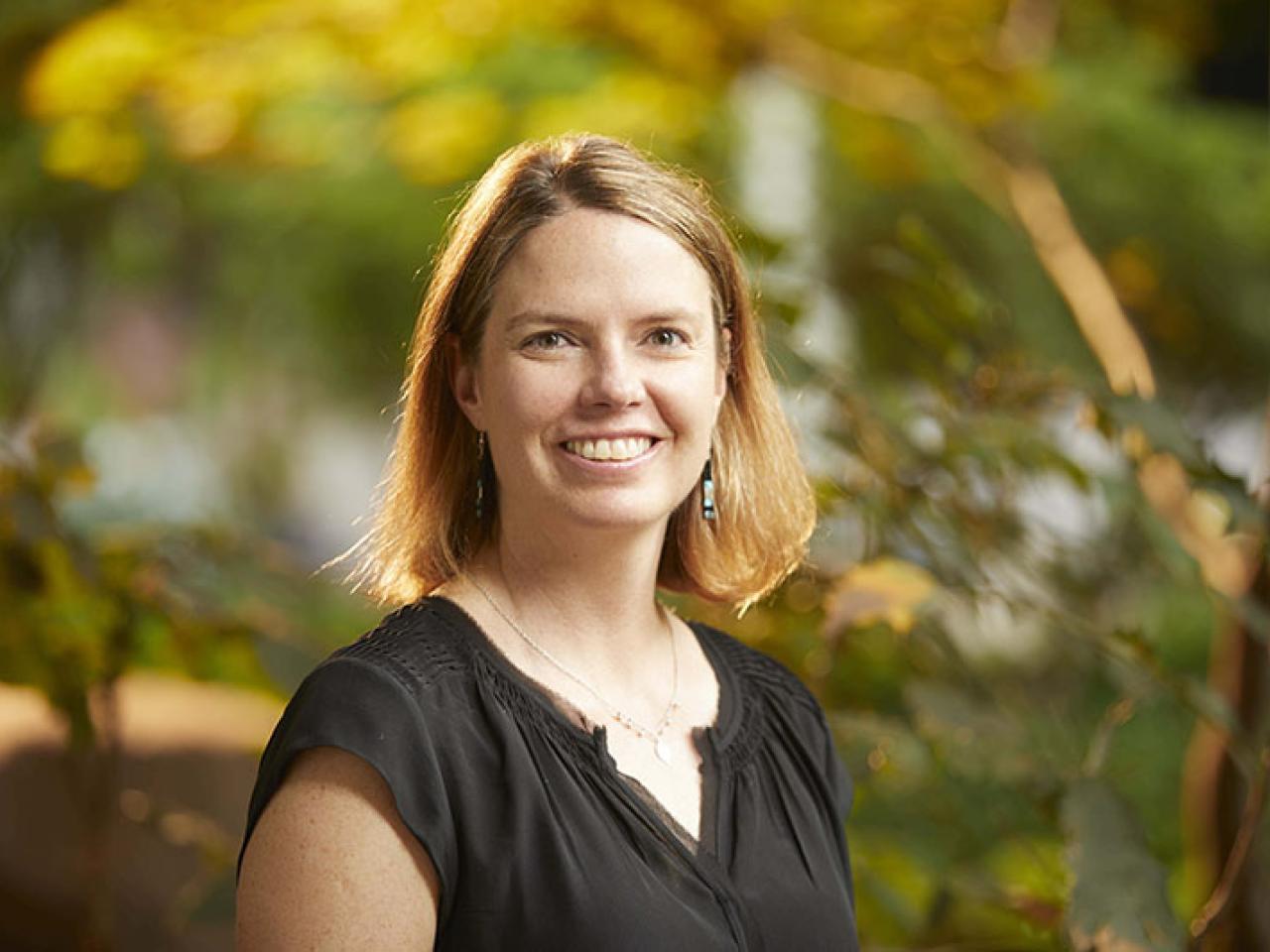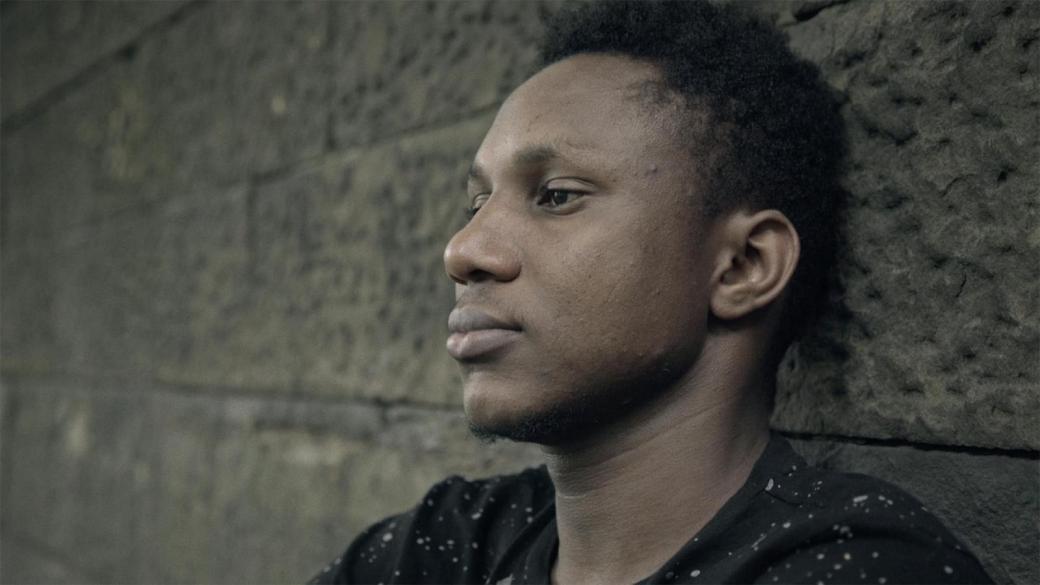Meet New Day: Sylvia Johnson

Sylvia Johnson (photo: Mark Thiessen)
I am a ‘Third Culture Kid’, which basically means that I grew up moving in and out of different countries, and that my identity is transnational as a result. The camera has always been a tool for me to translate some of the myriad experiences that I’ve had to others.
My film, Refuge(e), follows the story of Alpha and Zeferino, two incredible human beings who each fled violent threats to their lives in their home countries and presented themselves at the US border asking for political asylum. Once they reached the US, their biggest surprise was finding themselves imprisoned for months on end without having committed a crime. Their story represents what is currently happening to thousands of other refugees who are also seeking safety. Refuge(e) weaves beautifully hand-drawn illustrations and animation with live-action footage to tell the story of the US immigrant detention system, specifically from the point-of-view of those who have experienced its horrors.

I first went to the Cibola County Correctional Facility to provide legal orientation (essentially helping attorneys with translation to help detained immigrants understand their rights, what paperwork they need to fill out, and how the process works) in March 2017, shortly after it opened to house immigrants. I was completely stunned by what I saw. Over months of going to the prison, I befriended some of the detainees. Many of them were from, or had passed through, countries where I have lived: El Salvador, Guatemala, Honduras, Brazil, and Mexico. I could relate to and visualize their journeys in a powerful, visceral way. As an immigrant to this country myself, I couldn’t begin to imagine what it would be like to be incarcerated upon arriving. Alpha and Zeferino were among the first to win their asylum cases and be released from Cibola, thanks to legal representation from the Santa Fe Dreamers Project. I knew that they would want to tell their stories, and I felt that the American public needed to see and understand what is happening there.
The most powerful moment for me in the making of this film was the day that Zeferino was released after being incarcerated for nine months. It was surreal to finally see him free. The sensation of freedom and relief was palpable. It emphasized for me how much we tend to take our freedom for granted and how essential it truly is.
Refuge(e) was designed to be a key tool in a broader private prison divestment campaign. Here in New Mexico we have been using it for community screenings at schools, universities, and faith groups. Public school system employees from around the state are now mobilizing to divest their pension fund from private prisons. It is really exciting to see the film inspiring concrete action to push back on the inhumane treatment of refugees and asylum seekers.